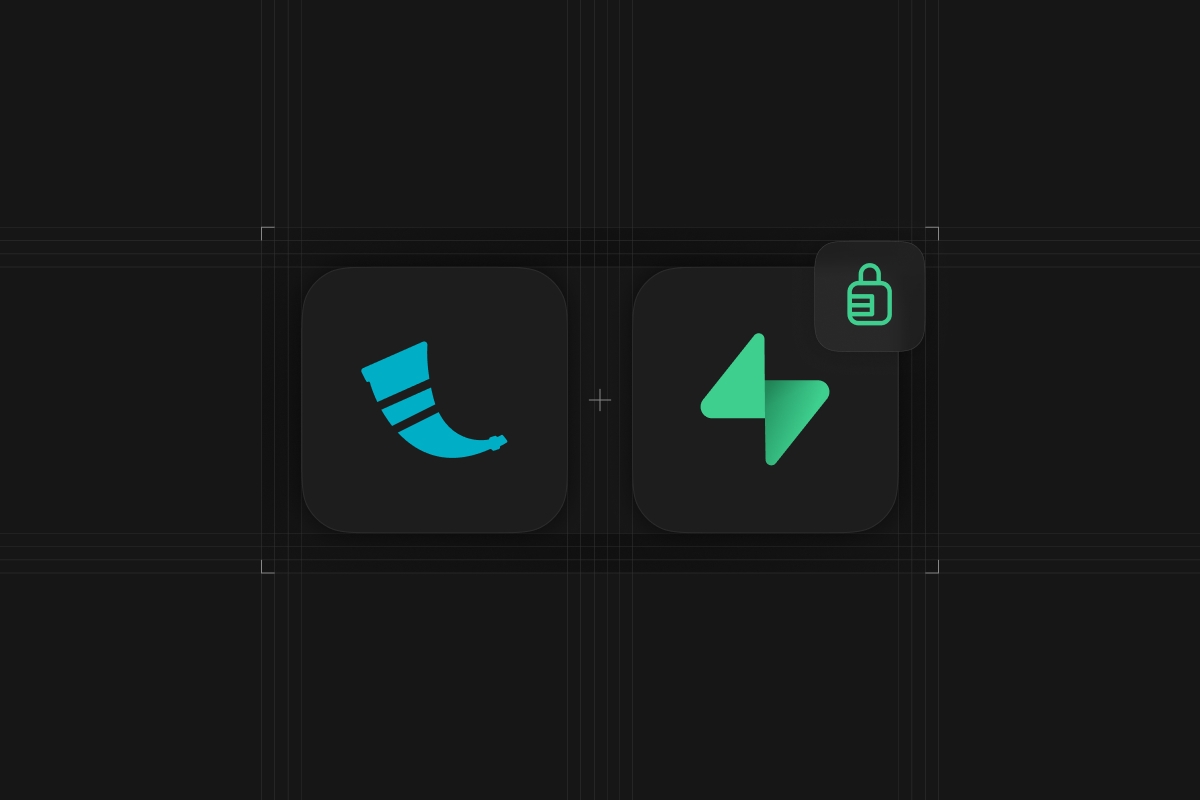
In this guide we'll learn how to quickly build an OAuth2.0 integration into a simple Flask app using Supabase-py. This will enable your users to login to your web app using their GitHub account.
Prerequisites
This article assumes you are familiar with creating an application in Flask. It also assumes that you have read the Supabase documentation and are familiar the with concept of Authentication.
We'll use the following tools:
- Flask - we used version 2.3.3 for this article
- Supabase Dashboard - create an account if you don't have one already
Getting started
To begin, inside your Flask application install the supabase library using the following command in the terminal:
_10pip install supabase
Session storage
Open the project in your preferred code editor and create a file called flask_storage.py with the following content:
_17from gotrue import SyncSupportedStorage_17from flask import session_17_17class FlaskSessionStorage(SyncSupportedStorage):_17 def __init__(self):_17 self.storage = session_17_17 def get_item(self, key: str) -> str | None:_17 if key in self.storage:_17 return self.storage[key]_17_17 def set_item(self, key: str, value: str) -> None:_17 self.storage[key] = value_17_17 def remove_item(self, key: str) -> None:_17 if key in self.storage:_17 self.storage.pop(key, None)
In this file, we're extending the SyncSupportedStorage class from the gotrue library which comes bundled with the supabase library. Here we're telling the Supabase authentication library (gotrue) how to retrieve, store and remove a session that will store our JSON Web Token (JWT).
Initiate the client
Create another file called supabase_client.py and in this file, we'll initiate our Supabase client.
_22import os_22from flask import g_22from werkzeug.local import LocalProxy_22from supabase.client import Client, ClientOptions_22from flask_storage import FlaskSessionStorage_22_22url = os.environ.get("SUPABASE_URL", "")_22key = os.environ.get("SUPABASE_KEY", "")_22_22def get_supabase() -> Client:_22 if "supabase" not in g:_22 g.supabase = Client(_22 url,_22 key,_22 options=ClientOptions(_22 storage=FlaskSessionStorage(),_22 flow_type="pkce"_22 ),_22 )_22 return g.supabase_22_22supabase: Client = LocalProxy(get_supabase)
Let's focus on the get_supabase function. Here we are checking if we have an instance of the client stored in our global object g, if not we create the client and store it in the global object under the supabase name. You will notice in the ClientOptions that we are specifying the FlaskSessionStorage class we created earlier and we are also specifying a very important option that allows us to handle the OAuth flow on the server side, the flow_type="pkce".
Sign in with GitHub
Supabase Auth supports Sign in with GitHub on the web, native Android applications, and Chrome extensions.
For detailed set up and implementation instructions please refer to the docs.
Create sign-in route
Inside our application code app.py, we can create the sign-in route to trigger the OAuth sign-in request.
_11@app.route("/signin/github")_11def signin_with_github():_11 res = supabase.auth.sign_in_with_oauth(_11 {_11 "provider": "github",_11 "options": {_11 "redirect_to": f"{request.host_url}callback"_11 },_11 }_11 )_11 return redirect(res.url)
In this function options object we specify a redirect_to parameter which will point to the callback route we will create in the next step. This function will generate a url for us to use to redirect the user to, in this case we are using github as our OAuth provider so we will be redirected to the GitHub OAuth consent screen.
Create callback route
Let's add another route to our app.py file for the callback endpoint we specified in our sign in route.
_10@app.route("/callback")_10def callback():_10 code = request.args.get("code")_10 next = request.args.get("next", "/")_10_10 if code:_10 res = supabase.auth.exchange_code_for_session({"auth_code": code})_10_10 return redirect(next)
Here we're getting the code query parameter from the request object, if this is available we then exchange the code for a session so that the user will be signed in. Under the hood the supabase python library will handle storing this session (JWT) into a cookie and sign the user in.
Conclusion
In this post we explained how to setup a flask session storage to work with the Supabase python library, setting the flow_type to use Proof Key for Code Exchange (PKCE) and creating a sign in and a callback route to handle the user authentication.